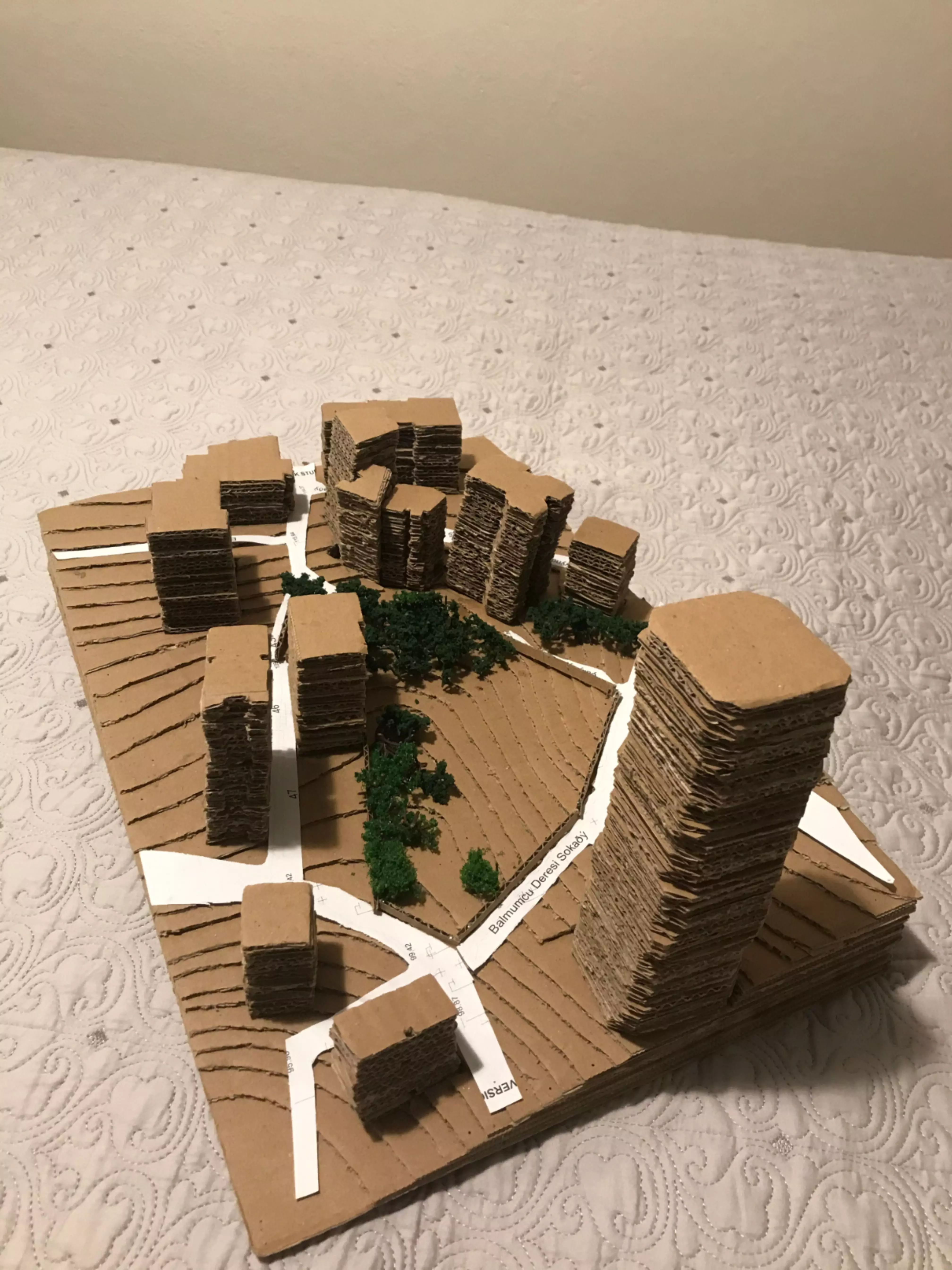One of the most common designs in architecture is the architectural terrain model, a work done taking into account altitudes and geographical features. Before starting the work, it is important to know the characteristics of the terrain well and have seen them previously to allow for accurate work. Therefore, it is crucial that engineers and architects know the terrain and its characteristics well before starting the drawings. Depending on whether the terrain is sloping, mountainous, or flat, different calculations will be made, and the model will be directed accordingly. Therefore, it is very important that the terrain models on which the buildings will be constructed are made with all the necessary precision to allow for proper assembly.
Various engineering calculations are made during the creation of terrain models to avoid errors during subsequent construction. It is crucial to make correct height calculations, determine positions, conduct topographic studies, etc., to avoid potential errors or gaps. For this reason, architectural offices employ experienced architects and engineers to perform such detailed calculations.
During topographic studies, it is also necessary to consider the geographic position of the terrain. It is important to pay special attention to details such as the proximity to wooded areas, the presence of watercourses, the existence of high plateaus or low plains, proximity to roads, etc., when making the model. First, an appropriate scale must be determined based on the size and details of the terrain model. In general, using a large scale for terrain model creation allows for the discovery of the most efficient areas of the project.
It is crucial that the materials used for terrain models are solid and durable to ensure the longevity of the model. A model made of lower quality materials will quickly wear out and will not receive a valid score in front of a jury or attract the attention of buyers during exhibitions or presentations. Therefore, by using solid materials such as PVC, ABS, wood panels, thick cardboard, as well as lightweight materials such as foam in necessary places, it is possible to create a solid and aesthetic terrain model. Terrain models are very important for visualizing the final design of an urban renewal project, park or garden, shopping mall, etc., and for making a decision on the appropriate selection of the terrain.





